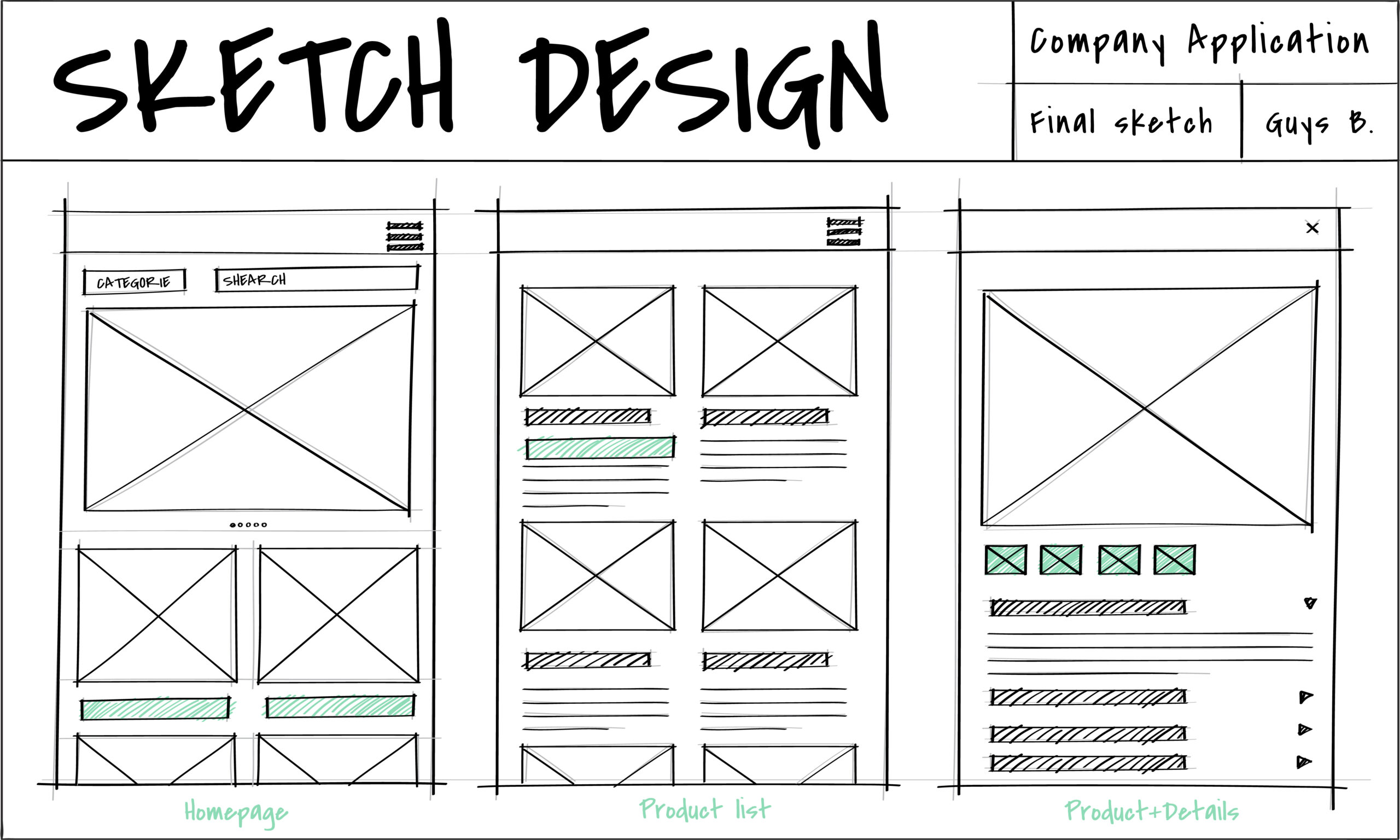Over the last few years, much has been said about how video games have killer user onboarding.
And it’s true.
In the early days of video games, designers faced a formidable challenge. They had to explain gaming mechanics to a generation that never played.
Unlike today, most of the players were new to the very concept of video gaming. There was no ‘muscle memory’ or body of knowledge when it came to games on the screen.
Game designers had to invent clever ways to show players the ropes while keeping them engaged.
Fun fact: Microsoft built now-iconic Windows games, Solitaire & Minesweeper, to teach people drag’n’drop and mouse clicking mechanics. That’s because, at the time, everyone was used to command-line input. More on that here.
This video from the good folks at Extra Credit does an amazing job breaking down each decision that went into creating Level 1 of Super Mario Bros:
An attentive reader will immediately see parallels with onboarding new users in software. Indeed, similarities are clear – new users are like players, software is an unfamiliar game.
We can indeed borrow a lot from game design when building user onboarding in software. Creating guided experiences by minimizing choices, anticipating user errors and helping with timely instructional tips. Lots of content about this online, especially from companies selling you their product tours software.
But here’s one, very important detail everyone seems to miss. User intent.
Players come to a game with an intent and expectation of entertainment. Figuring out how everything works is often a part of the fun.
Very few (if any) of us approach software, especially business software, for fun. It’s a tool. We hire software to solve our problems. We use software to help us get things done faster, cheaper, more efficiently.
Players make (ample) time to learn a new game. It’s often enjoyable, voluntary pastime after a hard day at work. Dying a few times, and starting afresh is a part of the game.
When it comes to software, no one wants to learn anything, read manuals, see tutorials. It’s a necessary evil at best. We want it to just work. Ideally, with as little effort from our end, as possible.
Lose a life in a game and respawn? – Bring it! Try to upload a file and get an error? – Agrhhh! How annoying!
This is a game changer (pun intended) when it comes to user onboarding in software. Your users come to your product with a different set of expectations and goals. Your user onboarding experience should align with them.
Since 2012, Roman has worked with over 400 products to help improve user activation rates through better user onboarding.
Learn more about his work here or head over to Jetway, which is a framework for building first-time user experiences:






